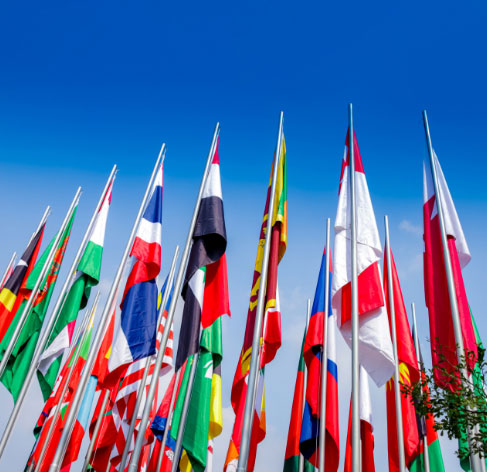Asia in Focus:
Clean Air
and
the business
and human
rights agenda

Asia in Focus:
Clean Air
and
the business
and human
rights agenda


 UN Guiding Principles: The State Duty to Protect
Human Rights
UN Guiding Principles: The State Duty to Protect
Human Rights
States should actively work towards preventing adverse human rights impacts from air pollution by taking appropriate steps to identify risks, investigate sources, and where appropriate, punish and redress such abuse, through effective laws and policies.147
Under Principle 1, States must protect against human rights abuse within their territory and/or jurisdiction by third parties, including business enterprises.
To do so, States must first be aware of the extent and sources of air pollution. This requires effective data gathering and monitoring by investing in the right technologies to collect reliable, high-quality and internationally comparable data and building air quality monitoring centres. Some experts pointed out that the lack of uniform, standardised data collection guidelines, resulted in large gaps in analysis. Collected data could not be compared and contrasted.
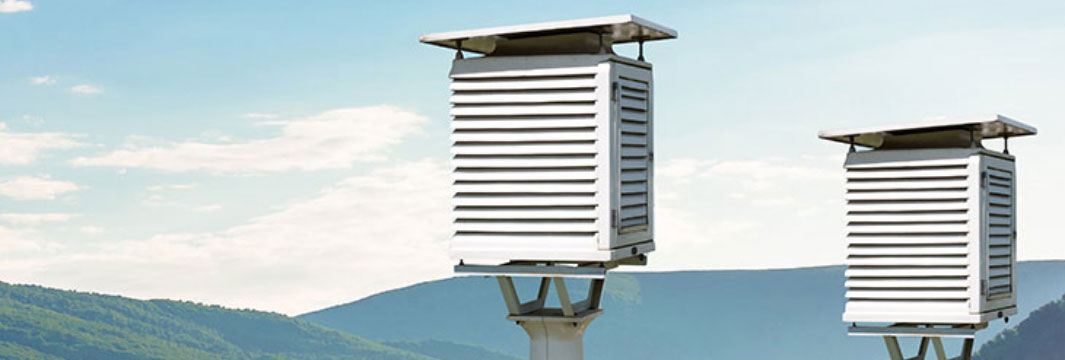
Highlighted below are some suggested measures States could potentially adopt in building air quality monitoring capabilities:
Update and build: Governments should invest in updating existing air quality monitoring stations with the latest equipment. Expanding coverage by building new monitoring stations in previously uncovered areas could improve data collection.
Calibrate instruments: Instruments used in monitoring stations should be calibrated periodically to reduce measurement errors and ensure accurate data collection and greater standardisation in results that would help in making it internationally comparable.
Increase grid density: In locations where current grid density is found to be inadequate, monitoring and surveillance efforts should be expanded to cover rural and urban residential areas and not remain confined to industrial zones.
Use satellite data: To cover existing gaps in routine monitoring and steadily transition from manual air quality monitoring to automatic monitoring systems, data from existing equipment should be combined with satellite data. These systems generate high-volume, short-frequency data that can be helpful in covering gaps.
Mobile monitoring: Low-cost sensors and mobile monitoring should be deployed to measure local air quality to estimate improvements brought about by specific interventions.
Data dissemination: Collected data should be made publicly available to encourage research on the impacts of air pollution on human health and, where possible, to understand gender-disaggregated costs of air pollution.
Under Principle 2, States should enforce laws that require business enterprises to respect human rights and periodically assess the adequacy of such laws and address gaps.
In the absence of clear laws and punishment mechanisms for non-compliance with air pollution regulations, there is little incentive for businesses to comply. Thus, in addition to ensuring adequate air monitoring facilities, States should also develop clean air regulations and monitor compliance. Principle 2 also provides that regulations may be applied to the extraterritorial activities of businesses domiciled in their territory.
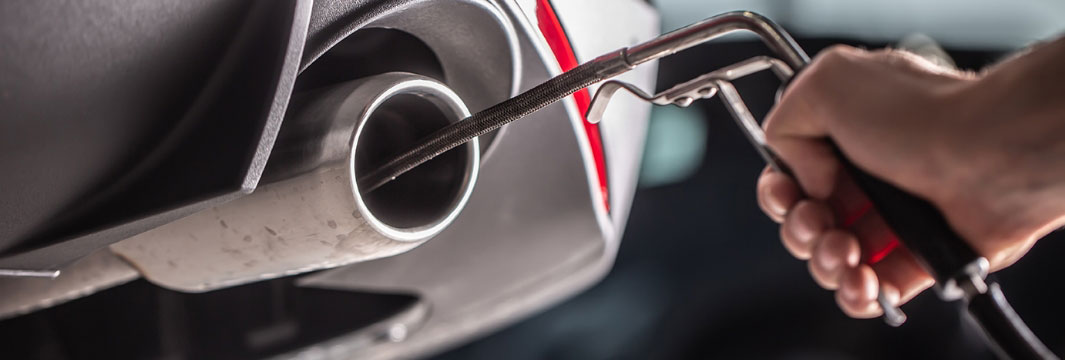
Below, are regulatory and monitoring policies that the State could adopt to improve air quality:
Update emission standards: Regular updates to vehicular and industrial emissions standards should be stringent enough to reduce air pollution. For industries, advanced emissions standards should be designed for polluting entities such as iron and steel plants, cement factories, glass production, chemical industry, etc.
Ban open burning of agricultural waste: To prevent seasonal haze, States should introduce a ban on the burning of agricultural crop residue as a means of clearing fields. However, such bans must also be supplemented with adequate alternatives to clear crop residue. This could potentially involve providing farmers with affordable access to relevant technologies.
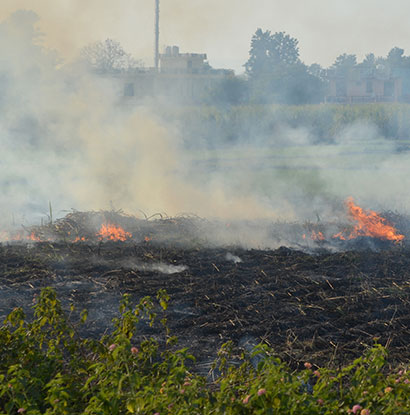
Ban open burning of urban waste: States should introduce laws to ban the open burning of urban waste as a means of waste disposal. Such a ban should be supplemented with alternative methods of urban waste disposal. This could involve policies mandating waste segregation at the household level to promote recycling initiatives.
Mandate installation of pollution control equipment: For industries that directly contribute to air pollution, such as coal power plants, cement industries, etc. mandate the installation of pollution control equipment such as smokestacks and scrubbers to prevent the emission of harmful air pollutants.
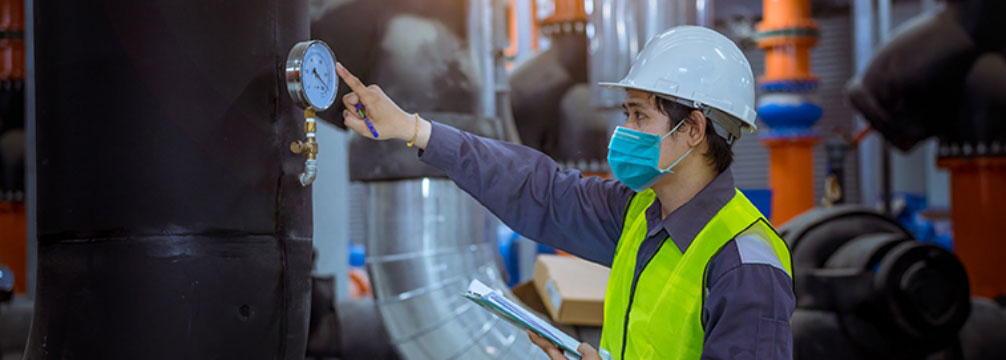
Compliance and enforcement:
- Physical installation of air quality control monitors to ensure continuous monitoring and centralised inspection.
- Regular pollution emission checks on polluting vehicles in the transport sector.
- Implement the use of policy performance bonds.148 These bonds are an enforcement and assurance mechanism used in extractive industries. The bonds are a way of setting aside the financial resources required to terminate operations under situations where the issuing entity is unable to fulfil contractual obligations to limit ambient air pollution. Such a mechanism can be used to ensure compliance among polluting industries.
- Enforcement through fines and penalties for polluting industries and individuals can set an important precedent to prevent future violations of regulatory standards. An interesting example of such an initiative is the Special Vehicle Pollution Control Fund started by the Philippines Government.149 This is an emission reduction initiative where funds are generated from a charge on all motor vehicles, paid by owners.
As outlined in Principle 4, business enterprises supported or controlled by the State should set an example for private sector enterprises to emulate.
The State should leverage its role as a market actor to ensure business compliance with air pollution measures. For instance, conventional energy production facilities in Asia (major contributors to air pollution) are often either State-owned or State-controlled. Any heightened air pollution monitoring and reduction efforts employed by these facilities are likely to raise the baseline of behaviour for other major market players. This is especially true when State-owned enterprises (SOEs) prefer to partner with ESG-compliant entities.
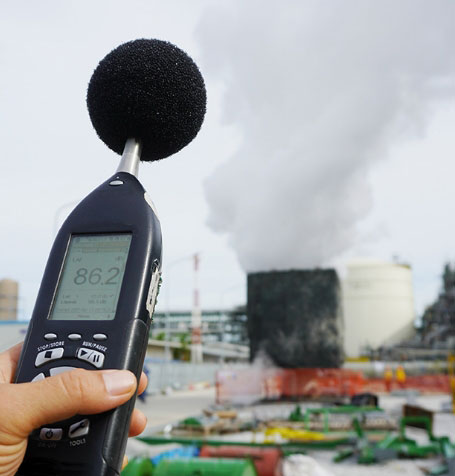
Principle 6 provides that States should promote respect for human rights by business enterprises with which they conduct commercial transactions.
State-owned and state-controlled enterprises regularly make high-value transactions as part of their business activities. These public contracts could be used as an incentive whereby entities in violation of air quality standards are excluded from these public contracts.

As outlined in Principle 8, States should enable greater policy coherence among State-based institutions that shape business practices and ensure that these institutions are aware of and observe the State’s human rights obligations, including providing of training and support.
According to experts, inadequate enforcement of regulations is primarily due to the fragmented nature of accountability among regulatory agencies. In many countries there is no single ministry/department responsible for air pollution, which can lead to confusion and overlapping duties, making it difficult to enforce regulations and hence penalise non-compliance. In the absence of a singular point of authority accountable for enforcement, the many regulations are of little help.
Thus, States should consolidate air quality regulations across different government departments. This may involve fixing a central point of authority and equipping that institution with the legislative and financial power to implement policies. Such an institution should also be equipped with the required capacity, training and legislative powers to enable it to carry out its mandates, such as monitoring compliance with air quality standards and the power to issue penalties in case of violations. Under Principle 8 of the UNGPs, the appointed authority should work with businesses to raise awareness of the impacts of air pollution, promote due diligence practice and otherwise ensure compliance through the enforcement of existing laws.
As outlined in Principle 9, States should ensure there is adequate domestic policy space to meet their human rights obligations while signing trade and investment agreements.
Trade is a connector—of products, people and the planet—and can help drive collective action to facilitate solutions to environmental challenges, including air pollution. However, States should be cautious when signing bilateral or multilateral trade and investment agreements to ensure that domestic policy space is maintained to adequately implement policies aimed at protecting air quality.
In the past, the terms of trade and investment agreements have restricted the policy space for developing countries wishing to protect the right to health. Some States have been subjected to lengthy and expensive binding arbitration processes when, for example, they attempted to strengthen labelling requirements on tobacco products, sugary snacks and drinks.150 With this in mind, States should avoid entering into international trade and investment agreements that could complicate air quality standards for vehicles or manufacturing facilities, subjecting them to investor-State dispute settlement (ISDS) processes.

 UN Guiding Principles: The Corporate
Responsibility to Protect Human Rights
UN Guiding Principles: The Corporate
Responsibility to Protect Human Rights
As outlined in Principle 15, business enterprises should have policies and processes in place to both prevent and address adverse human rights impacts of their operations. States can facilitate action by mandating compliance through corporate or securities law.
In the context of clean air provision, businesses should communicate in a policy statement their commitment to addressing air pollution. They should implement due diligence processes to reduce negative impacts on human rights due to their operations, including along their supply chains. The key industries contributing to air pollution involve both large and small players. Each business enterprise—commensurate with its size and contributions—should have adequate processes in place to identify the direct contribution to air pollution as a result of their operations, including the burning of fossil fuels.
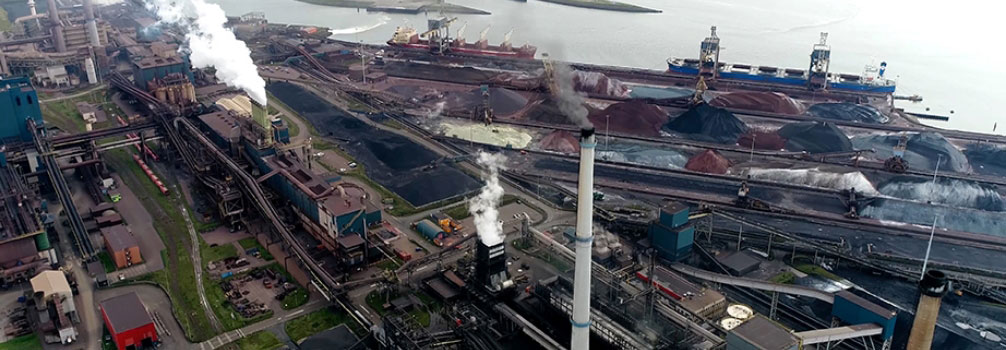
Business enterprises heavily dependent on fossil fuels—transport and electricity generation, heavy industries involving steel plants, cement factories, glass production and brick kilns—should develop internal processes to enable solutions that reduce their direct contributions to air pollution. Where they find health and other impacts, businesses should provide access to remedy.
Businesses in these industries could adopt suo-moto policies by including measures such as:
Investing in research and development to explore renewable sources of energy, such as solar, wind and hydro, which have the combined advantage of causing less air pollution while also addressing the challenge of global warming.
Actively investing in technologies aimed at reducing particulate matter emissions from conventional transport while simultaneously investing in research to build electric vehicles—applies to transport companies.
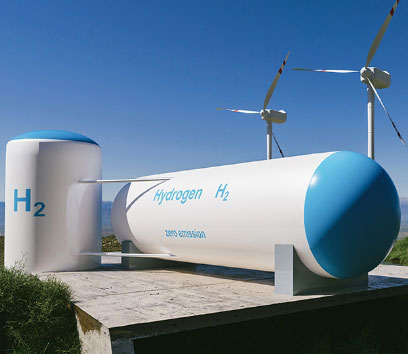
As outlined in Principle 16, business enterprises should demonstrate their commitment to respecting human rights by publishing a statement of policy that, among other things, is approved at the most senior level of the business enterprise; is informed by relevant internal and/or external expertise; and stipulates the enterprise’s human rights expectations of personnel, business partners and other parties directly linked to the business.
Similarly, businesses should reflect their commitment to reducing air pollution in a public statement that might include planned technology upgrades, detailed efforts made to protect workers and communities, outlining investments in monitoring pollution and/or capacity building of business partners on the same. Other commitments might include using electric vehicles within factory premises, compulsory installation of smokestacks and scrubbers on chimneys to reduce particulate emissions and mandatory compliance with local air quality standards in all factory locations. A policy commitment might also involve plans to join a local cap-and-trade scheme to reduce air pollution emissions.

As outlined in UNGPs 17-21, business enterprises should carry out adequate due diligence to identify and address risks and any impacts of human rights abuses arising directly or indirectly as a result of their business operations.
To be aware of the true cost of their actions and address potential human rights violations linked to air pollution, businesses should conduct human rights due diligence (HRDD). Principles 17-21 of the UNGPs provide that businesses can conduct due diligence through four steps: identifying human rights risks, taking action and integrating measures to address the most salient risks, tracking the performance of those efforts and communicating the impact of their work to the public.

Importantly, businesses conducting HRDD should consult with impacted stakeholders, particularly the most vulnerable sections of society and those who lack adequate political representation. Some measures aimed at reducing air pollution through due diligence that could be enforced include:
Actively measuring and tracking the impact of their business operations on local air quality. Such data should be consistently maintained and should be used to inform future growth strategies.
Employing external experts to assess their contributions to local air pollution and any impacts. Such exercises could be repeated on an annual basis and their results made available to the public on demand.
Ensuring proper stakeholder consultations are carried out before the commissioning of a new plant or factory, to take account of all stakeholders and their concerns. Under the UNGPs, businesses should also consult with the most affected and most vulnerable so that businesses can understand the range of impacts of air pollution on human rights and how best to mitigate risks. Such consultations should be repeated periodically to assess any new developments or changes that may have led to an increase in air pollution as a direct or indirect result of business operations.
 UN Guiding Principles: Access
to Remedy
UN Guiding Principles: Access
to Remedy
Under Principle 25,151 States should draft laws and develop appropriate mechanisms and instruments that create avenues for civil society to seek remedies for human rights abuses due to business operations.

To fulfil their duty to ensure that affected populations have access to effective remedy, laws should be drafted allowing for public litigation to be filed. Furthermore, courts should be capacitated to account for damages relating to air pollution. States should also consider establishing an oversight board that has the authority to hold businesses accountable for rule violations when complaints are brought by local communities.
This report provided a brief overview of public litigation brought in pursuit of clean air. Public-interest litigation can complement State efforts in combating air pollution. However, these efforts are still at a nascent stage in many Asian countries. To facilitate greater access to remedy, States should consider the following:
Specialised bodies tasked with adjudicating environment-based litigation can deliver decisions faster than regular courts. Environmental cases can often be very time-sensitive, requiring a fast-tracked decision, which is often difficult to achieve in a regular court.
Creating a single point of authority responsible for air pollution can promote the ability of rights-holders to hold enterprises accountable for violations of air pollution regulations. A judgement in favour of the aggrieved will fail to achieve any real success if there is no authority to effectively carry out the measures pronounced in the court-issued judgement.
Court judgments have the potential to drive change. In some cases, the courts have prescribed the creation of national agencies with the appropriate powers to enforce laws. Such judgments can drive real change in achieving good air quality.
Other recommendations
Collaboration among stakeholders

Cooperation between states and the private sector
“International NGOs, or NGOs in general, should never underestimate the power of working together with more progressive member States’ diplomatic representatives in their communities. There is much to be learned from the experience of developed nations that have achieved a lowering of their air pollution levels.”
- Kevin Punzalan, former Senior Policy Officer, Embassy of the Kingdom of the Netherlands in the Philippines. Currently an International Business Developer for VDE Renewables GmbH.
Community participation
Promoting knowledge sharing through city networks
